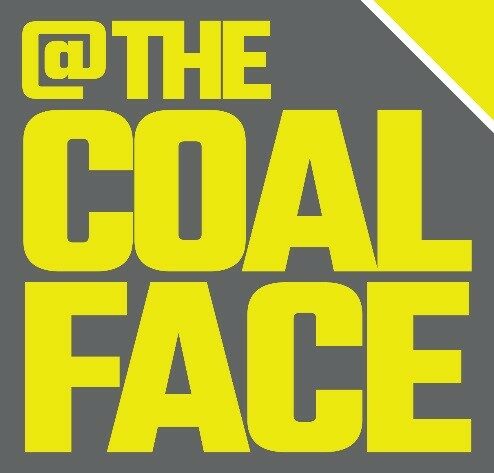For decades, coal mining has contributed significantly to the Queensland economy and is the dominant employer in some regional areas of our state. And it will continue to be a strength for Queensland over the coming years.
The last few months has demonstrated the important role thermal coal continues to play in the domestic and international energy mix even as renewable energy capacity grows.
While demand for thermal coal is expected to decline in line with global efforts to reduce emissions, the pace will depend on individual customer choices in response to their own national policies and global capital market drivers.
This means that Queensland may yet take advantage of pockets of demand growth – especially from the fast-growing economies of our Indo-Pacific region – even as the world market reduces in size overall.
In these circumstances, the comparatively high quality and low emissions profile of Queensland coal should keep demand higher for longer. We also expect demand for our metallurgical coal, steel-making coal, to be stronger for longer.
Steel-making coal makes up close to 85 per cent of the value of Queensland coal exports and we know it will continue to be a strength of ours. The quality and relatively low emissions profile of our steel-making coal will help maintain our global competitiveness. This is the coal Queensland needs to manufacture products like wind turbines and solar panels.
So let me be absolutely clear – Queensland’s traditional strength in coal will remain for years to come.
However, the world does not stand still, and neither can our resources industry. Economic, environmental, social and technological forces will reshape the Queensland resources industry over the coming decades. While this will create challenges, it presents even greater opportunities.
Last month, I released the Queensland Resources Industry Development Plan. This plan lays out path for our resources industry to take full advantage of the opportunities of the next 30 years for the industry, and the businesses and communities it supports—a path to a sustainable, responsible industry that continues to grow and create jobs and prosperity, especially for our regions.
With forethought and cooperative effort, government, the community, and the resources industry can meet these challenges and seize these opportunities.
As the global economy shifts towards electrification and low-carbon technologies this will create a high demand for the new economy minerals that we have right here in Queensland.
These minerals such as copper, zinc and bauxite have been mined in Queensland for decades. Others such as vanadium—a material used for large-scale stationary batteries—are about to be mined for the first time.
In the latest State Budget, this government invested almost $40 million to capitalise on this demand by ramping up our exploration for, and production of, these resources.
The Queensland resources industry has a proven track record of adapting and evolving to market demands and I am confident it can do it again.
My personal goal is in 10 years’ time to be talking to local high school students across Queensland about their clear path to well-paid, secure jobs in the resources industry—jobs that allow them to stay in their communities.
Queensland has the renewable energy resources above the ground and the mineral resources below to meet the needs of global markets as the pace of decarbonisation picks up in coming years.
We have the knowledge and skills on the ground as well as the technological capability to mine, process and manufacture them.
Our 30-year vision will help transform Queensland’s resources industry and will continue to create jobs and prosperity for generations to come.
Scott Stewart MP
Queensland Minister for Resources











